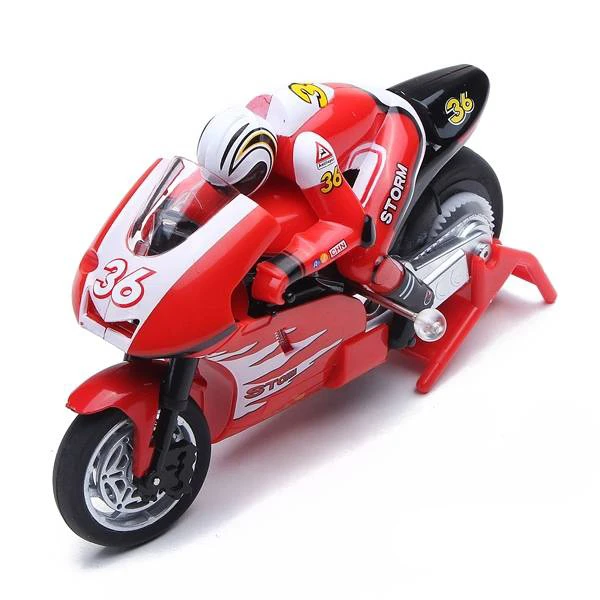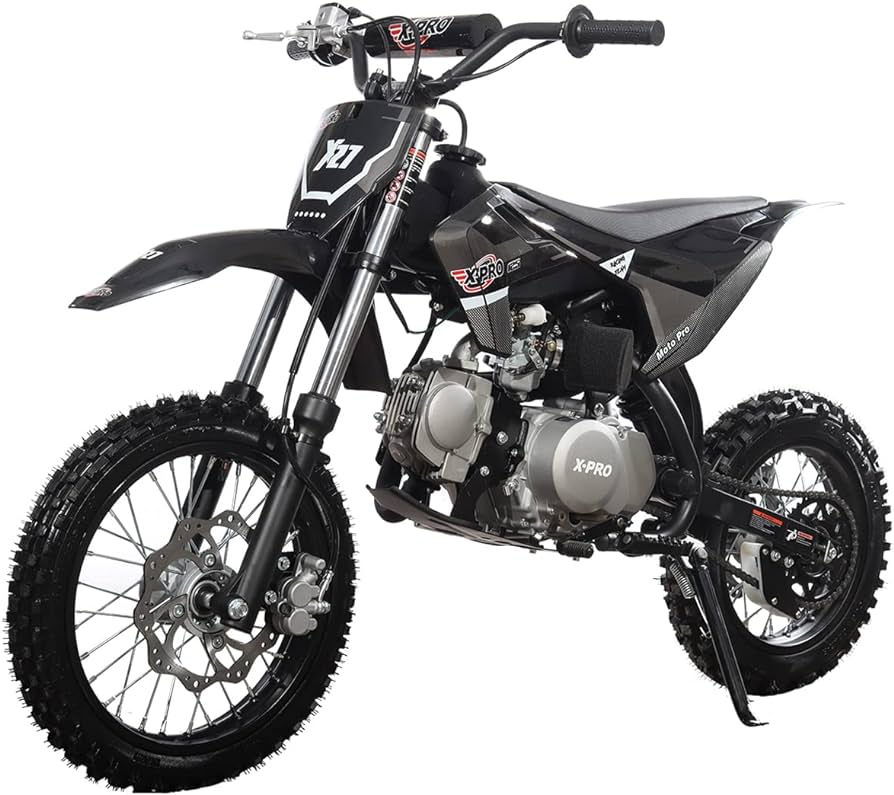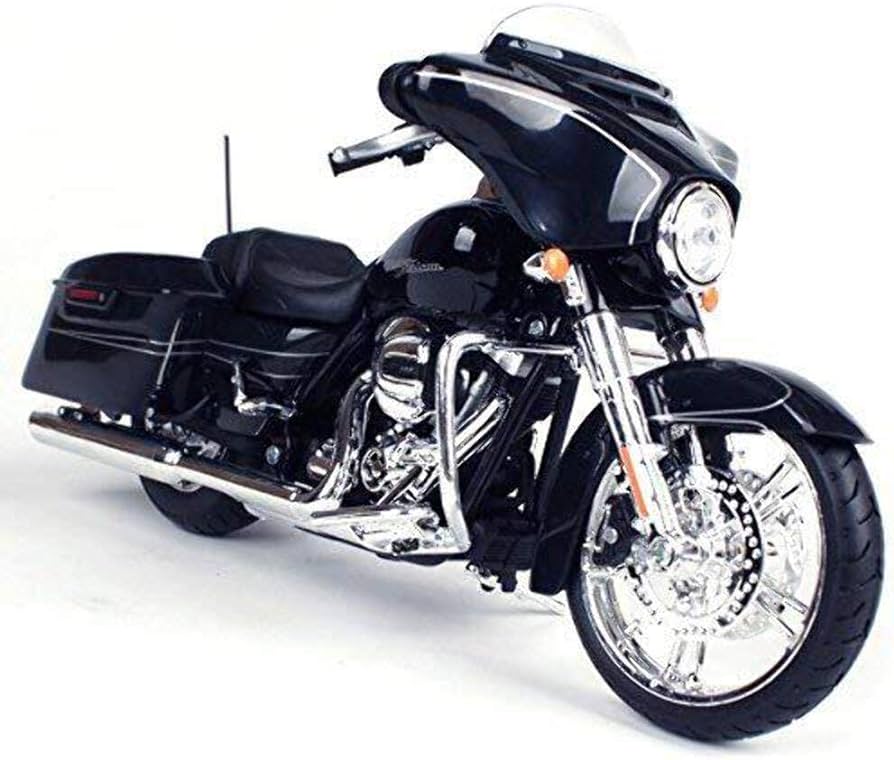Introduction:
Not being able to start your motorcycle can be incredibly frustrating, especially when you’re eager to hit the road. Several issues can cause a motorcycle not to start, ranging from simple fixes to more complex problems. What should you do when your motorcycle won’t start, and how can you diagnose and resolve the issue? This guide will walk you through common causes and effective troubleshooting steps to get your bike up and running again.

Motorcycle Won’t Start?
Troubleshooting Guide
Battery Issues
A common reason motorcycles won’t start is a faulty or discharged battery. Motorcycles rely heavily on their batteries to power the starter motor and other electrical components.
Corroded or Loose Battery Connections
Corrosion or loose connections can interrupt the electrical flow. Begin by inspecting the battery terminals for any signs of corrosion, which appears as a white or greenish powder. If you find any, clean the terminals using a wire brush and a mixture of baking soda and water. Tighten any loose connections to ensure a secure electrical pathway.
Battery Voltage
Use a multimeter to check the battery’s voltage. A fully charged motorcycle battery should read around 12.6 to 12.8 volts. If the voltage is below 12 volts, the battery may be discharged and need recharging. If the battery cannot hold a charge, it might be time to replace it.
 Fuel System Problems
Fuel System Problems
If your battery is in good condition, the next step is to check the fuel system. Without adequate fuel delivery, the engine cannot start or run smoothly.
Empty Fuel Tank
It may seem obvious, but sometimes an empty fuel tank is the culprit. Ensure your tank has enough fuel. If you’ve run the tank dry, it might take a few attempts to get the fuel system primed and the bike started again.
Clogged Fuel Filter
A clogged fuel filter can restrict fuel flow, preventing the engine from starting. Locate the fuel filter, which is usually along the fuel line between the tank and the carburetor or fuel injectors. Replace the filter if it appears dirty or clogged.
Fuel Pump Issues
Modern motorcycles might have an electric fuel pump. Listen for a humming sound when you turn the ignition on, indicating the pump is working. If you don’t hear it, the pump might be faulty. Check the fuse and relay associated with the fuel pump and replace them if necessary.
Spark Plug Problems
For an engine to start, the spark plugs need to ignite the fuel-air mixture in the cylinders. Faulty spark plugs can cause starting issues.
Inspecting Spark Plugs
Remove the spark plugs and inspect them for signs of wear, fouling, or damage. A healthy spark plug should have a light brown or gray-colored electrode. Black, oily, or damaged spark plugs indicate issues. Clean or replace the spark plugs as needed.
Checking Spark
To test if the spark plugs are functioning, reattach the spark plug wire and ground the plug’s electrode against the engine block. Crank the engine and look for a spark. If there’s no spark, you may have a problem with the ignition system.
 Ignition System Issues
Ignition System Issues
The ignition system is crucial for starting the engine. Problems here can prevent the bike from starting, even if other components are working correctly.
Ignition Switch
Ensure the ignition switch is functioning correctly. Sometimes, a faulty ignition switch can prevent the bike from starting. Try turning the key back and forth a few times to see if it makes a difference.
Kill Switch
The kill switch is designed to stop the engine instantly. Make sure the kill switch is in the “run” position. Accidentally leaving it in the “off” position is a common mistake that prevents the motorcycle from starting.
Starting System Problems
The starting system comprises components like the starter motor, starter relay, and solenoid. Issues with these parts can stop your bike from starting.
Starter Motor
If you hear a clicking sound when trying to start the motorcycle, the starter motor might be at fault. It can be stuck or faulty. Tap it gently with a wrench to see if it loosens and allows the engine to start.
Starter Relay and Solenoid
Check the starter relay and solenoid for proper operation. Use a multimeter to test for continuity. If you don’t get a proper reading, these components may need to be replaced.
Air System Check
An adequate air supply is essential for the combustion process. Blockages in the air intake system can hinder starting.
Air Filter
Inspect the air filter for dirt and debris. A clogged air filter can restrict airflow to the engine. Clean or replace the filter if it appears dirty. Regular maintenance of the air filter can prevent starting issues.
Engine Cut-off Sensors
Modern motorcycles come with various sensors for safety and performance. Sometimes, these sensors can prevent the engine from starting.
Side Stand Sensor
Many motorcycles have a safety feature that prevents starting if the side stand is down. Ensure the side stand is up and the sensor is working correctly. Sensor faults can sometimes cause the system to think the stand is down.
Clutch Lever Sensor
Similarly, some bikes require the clutch to be pulled in for the engine to start. Make sure the clutch lever sensor is functioning correctly. If the sensor is faulty, it might need replacement or adjustment.
 Diagnostic Tools
Diagnostic Tools
Using diagnostic tools can streamline the process of identifying issues. Many modern motorcycles come with onboard diagnostics that help pinpoint the problem.
OBD-II Scanner
For motorcycles equipped with an OBD-II port, using a scanner can read error codes and help identify the root cause of the issue. These scanners are available at most auto parts stores and can save time in diagnosing the problem.
Service Manual
Refer to your motorcycle’s service manual for specific troubleshooting steps and diagnostic procedures. It provides detailed information on your bike’s components and systems, aiding in accurate diagnosis.
Professional Assistance
If all troubleshooting steps fail, seeking professional help might be necessary. Experienced mechanics have the tools and expertise to diagnose and fix complex issues.
Identifying Complicated Problems
Some problems may be beyond a DIY fix. Issues with electronic control units (ECUs) or internal engine components often require professional assessment. A mechanic can perform advanced diagnostics and repairs.
Routine Maintenance
Regular servicing by a professional can prevent many starting issues from occurring in the first place. Scheduled maintenance ensures all components are in optimal condition, enhancing reliability and performance.
 Preventive Measures
Preventive Measures
Taking preventive measures can reduce the likelihood of starting issues in the future. Regular maintenance and mindful riding habits go a long way.
Regular Battery Checks
Keep the battery terminals clean and ensure the connections are tight. Use a battery tender during long storage periods to maintain charge levels and prolong battery life.
Fuel Quality
Always use high-quality fuel and empty the tank or add a fuel stabilizer if the motorcycle will be stored for an extended period. This prevents fuel degradation and contamination.
Scheduled Maintenance
Follow the manufacturer’s recommended maintenance schedule for oil changes, spark plug replacements, and air filter cleaning. Regular inspections can catch potential problems before they escalate.
Conclusion:
Ensuring Your Motorcycle Starts
Experiencing a non-starting motorcycle can be frustrating, but understanding the possible causes and knowing how to troubleshoot them can save you time and hassle. Whether it’s a battery issue, a fuel system problem, or something more complex like ignition troubles, systematically addressing each potential cause can help you identify and fix the issue.
Regular maintenance and preventive measures play crucial roles in keeping your motorcycle in top condition, minimizing the chances of encountering starting problems. Should you find yourself stuck despite your best efforts, never hesitate to seek professional help. With the right approach, you can ensure your motorcycle stays reliable, providing a smooth and enjoyable ride every time.
